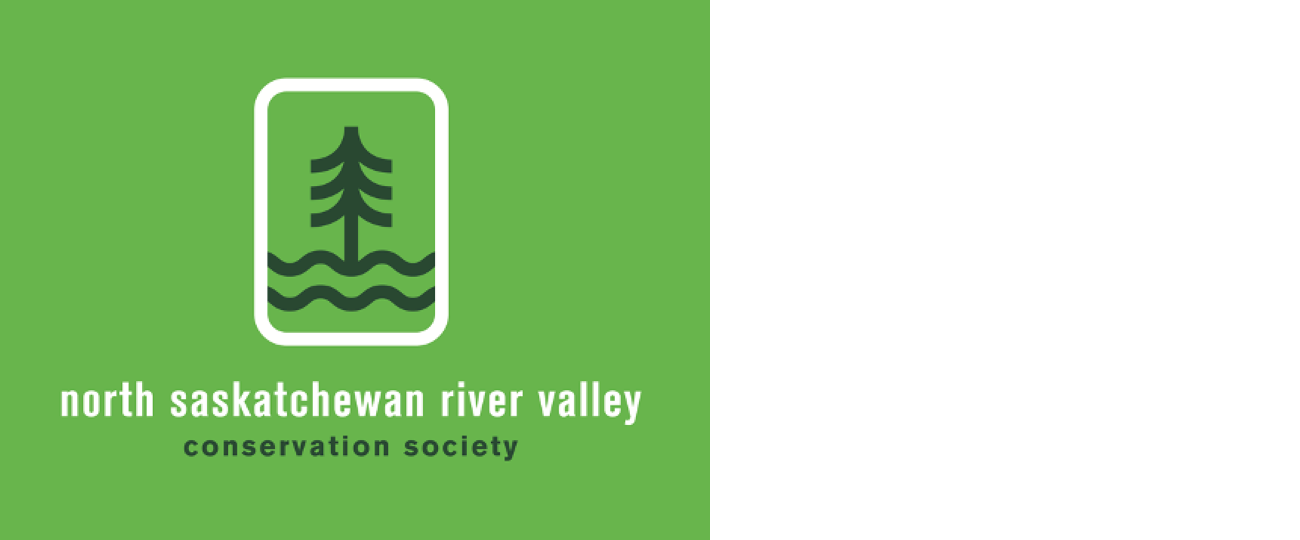12 Days of Noels in the river valley
Schoen Duo is posting a series of 12 site-specific music videos at various locations in Mill Creek Ravine. In the same way that you might enjoy a sculpture or a mural in a public place, this is an experiment in creating a public art musical performance that is available to anyone passing by.
Playing a baroque flute and violin, musicians Thomas and Kathleen Schoen are making a connection between changing seasons of the land and the music traditionally used during the Christmas and solstice celebrations of the early French settler culture.
The recordings are deliberately underproduced, to make it sound like the musicians are playing outdoors. You can interact with the performances by accessing them on your phone with a QR code that is posted in each location, or by a direct link to https://www.schoen-duo.ca/soundscape-projects-2/12-days-of-noels-project/
House finch has inched north due to climate change
House Finch is a small songbird that is a year-round resident. The bird is a member of the true finch family, which also includes canaries. They are quite acrobatic and can hang upside down on twigs and the side of buildings.
Males get their feather pigment from their food. If they eat a lot of food with yellow, red, or orange pigments they are more brightly coloured. It has been shown females prefer to mate with redder coloured males.
This bird illustrates two recent environmental phenomena, one of which is climate change. It has been inching its way north for some time. Edmonton is near the northern limits of its range, but its original range in Canada was the west coast up to the Rockies. It is also an introduced species in parts of North America.
In the 1940s wild birds from California were shipped to New York City and sold as caged birds. This was illegal so dealers released the birds, which quickly established a breeding population and spread north, south, and west. The birds we have in Alberta are a combination of western birds moving north and these introduced birds. More at https://www.cbc.ca/listen/live-radio/1-17-edmonton-am/clip/15886478-this-week-community-critters-common-yet-often-overlooked
Private golf courses open for free winter public use
As part of their lease with the City of Edmonton, Highlands Golf Club and the Royal Mayfair Golf Club are open for free winter public use
The Royal Mayfair, which is adjacent to Hawrelak Park, has a 3 km doubletrack family friendly trail. This Nordic ski trail can be used both directions and has an easy overall physical rating. On average it takes 22 minutes to complete this trail.
Highlands Golf Club was established more than 80 years and is on the southern boundary of the Highlands and Virginia Park communities. In the winter months, the course is popular with dog walkers as well as Edmontonians who ski, snowshoe or sled down hills. Highlands information at https://www.edmonton.ca/public-files/assets/document?path=HighlandsWalkingMap.pdf
December 30 newsletter
Liz writes “Well done, always interesting. You are helping all of us appreciate our wonderful gift of the river valley.”
Comment or contribution
Please note that articles may not reflect the position of NSRVCS. River Valley News is meant to be a clearinghouse for the wide variety of opinions and ideas about Edmonton’s River Valley. Email river valley photos, event information, comments, or questions to nsrivervalley@gmail.com
Sincerely yours,
Harvey Voogd
North Saskatchewan River Valley Conservation Society
780.691.1712


















